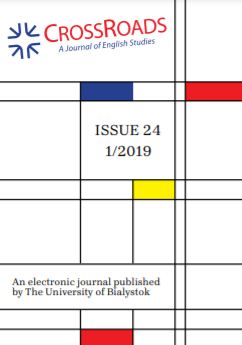Preschool children’s sensitivity to the generic and non-generic distinctions
Preschool children’s sensitivity to the generic and non-generic distinctions
Author(s): Marti PallaSubject(s): Education, Morphology, Language acquisition, Preschool education
Published by: Wydział Filologiczny Uniwersytetu w Białymstoku
Keywords: generic sensitivity; generics and non-generics; morphological cue; demonstrative determiner;
Summary/Abstract: Generics convey generalizations about kinds e.g., “fish swim,” or “birds have wings”. In contrast, non-generics express facts about specific individuals or groups of individuals, e.g., “my cat has caught two mice” or “two birds are sitting in that tree”. To interpret utterances generically or non-generically, speakers of Polish use morphosyntactic features (e.g. determiners, plurality, tense and aspect), contextual cues, as well as world knowledge (Grzegorczykowa 2001; Karczewski & Wajda 2015; Karczewski 2016). The aim of the present study is to determine the extent to which preschool children are sensitive to one morphological cue in particular, i.e. the demonstrative determiner te (these) in Polish.
Journal: Crossroads. A Journal of English Studies
- Issue Year: 2019
- Issue No: 01 (24)
- Page Range: 98-110
- Page Count: 13
- Language: English

